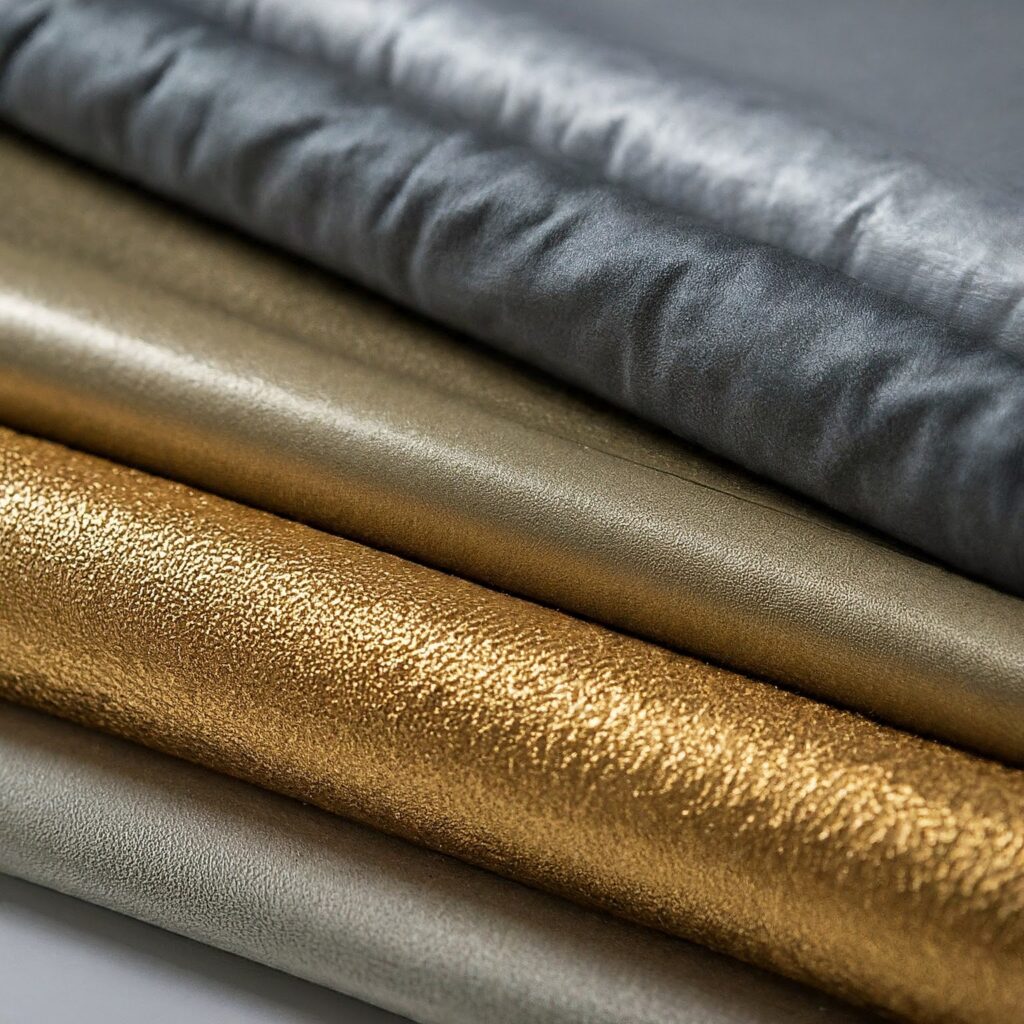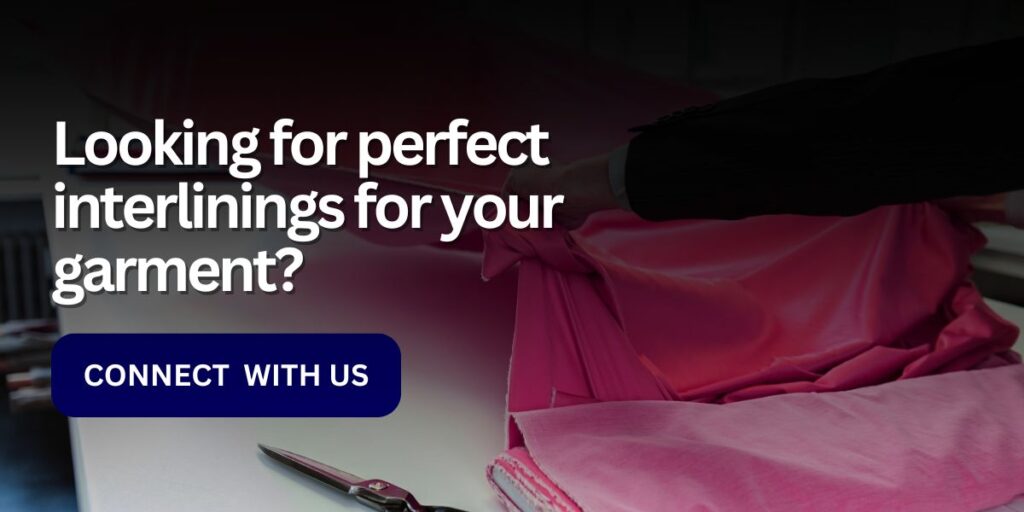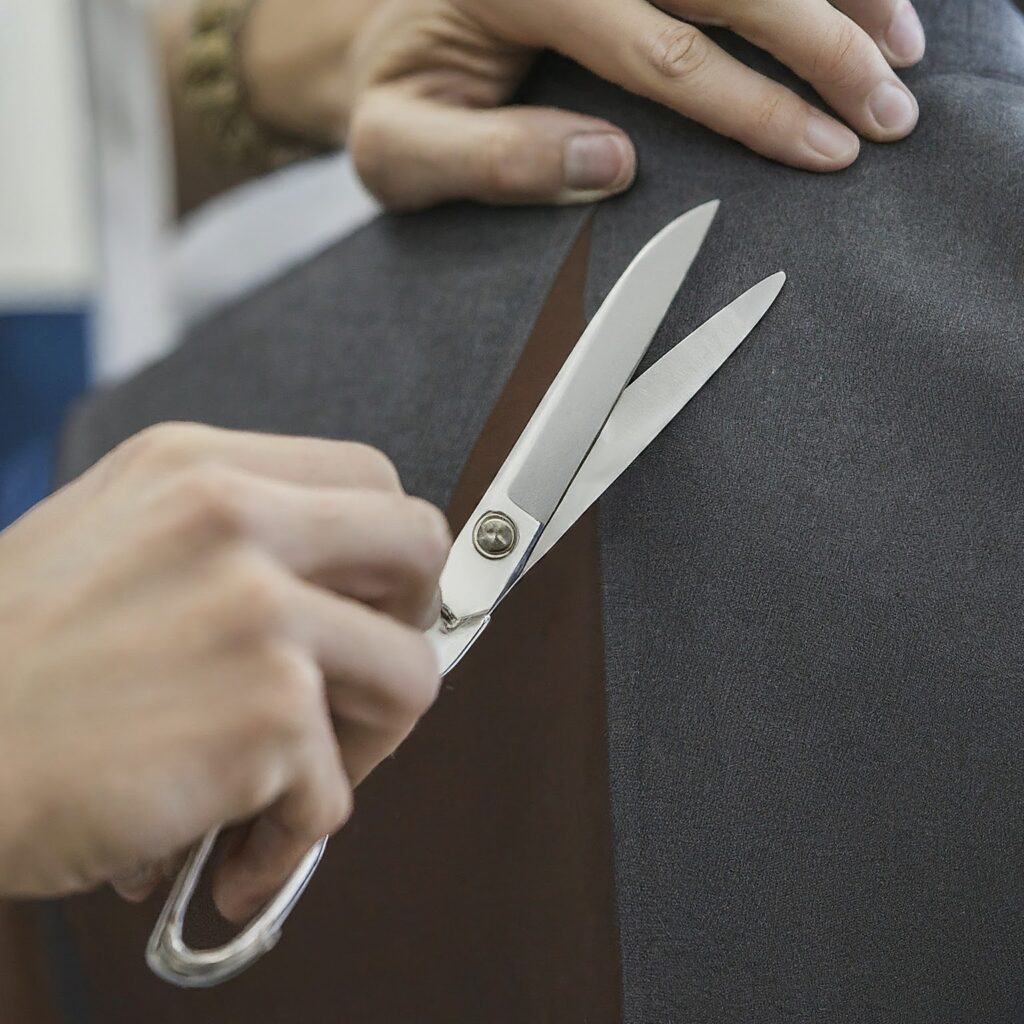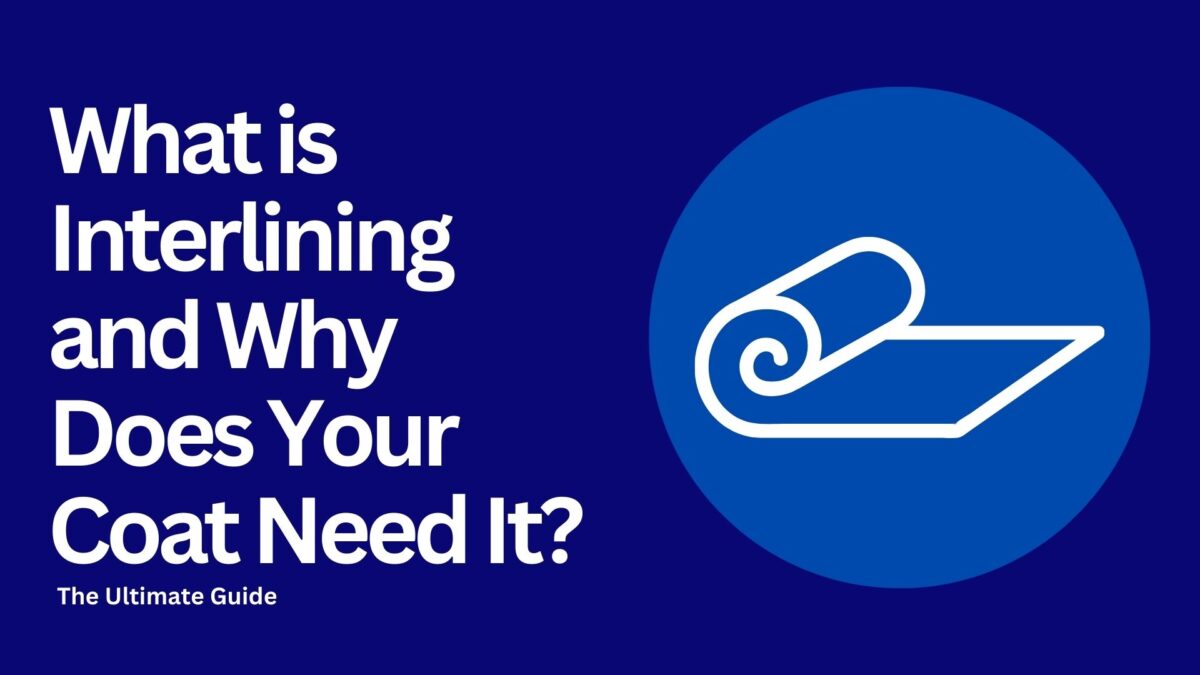What is Interlining and Why Does Your Coat Need It? | Ultimate Guide
Have you ever wondered why some coats feel so much more comfortable and durable than others? The secret often lies in a hidden layer called interlining fabric. But what is interlining, and why does your coat need it? In this article, you will learn about interlining fabric and discover its importance in enhancing your coat’s quality.

Table of Contents
- What is Interlining?
- Why Does Your Coat Need Interlining?
- Types of Interlining
- How to Choose the Right Interlining
- Benefits of Interlining
- Can you add Interlining to an Existing Coat?
- Conclusion
What is Interlining?
Imagine your coat as a sandwich. The outer fabric is the bread, the warm filling is the insulation, and the secret ingredient that holds it all together, giving your coat its structure and shape, is the interlining.
Interlining fabric is a thin layer of fabric or non-woven interlining material placed between the outer and inner fabric of your coat. It’s like the skeleton of your coat, providing support, warmth, and durability.

Why Does Your Coat Need Interlining?
You might be wondering, “Can’t my coat just be made with thicker fabric?” While that might add some warmth, it won’t give your coat the same structure, drape, or durability as interlining. Here’s why interlining is crucial:
- Shape and Structure: Interlining provides the backbone of your coat, helping it maintain its shape even after multiple wears and washes.
- Warmth: While not the primary source of warmth, interlining can trap a bit of extra heat, enhancing your coat’s overall coziness.
- Durability: Interlining reinforces the coat’s fabric, preventing it from tearing or stretching out of shape.
- Drape:Interlining contributes to the way your coat hangs and falls, influencing its overall look and feel.
Types of Interlining
Understanding the different interlining types can help you make an informed decision when purchasing your next coat. Here are the main types of interlining fabric:
1. Fusible Interlining
Fusible interlining is a type of interlining that has an adhesive on one side, which melts when heated and bonds to the fabric.
- Use: Commonly used in collars, cuffs, and front facings of coats.
- Benefits: Easy to apply, provides a firm structure, and helps in maintaining the shape of the coat.

2. Non-Fusible Interlining
Non-fusible interlining does not have adhesive and is sewn into the garment.
- Use: Ideal for delicate fabrics that cannot withstand high heat.
- Benefits: Adds softness and flexibility to the coat, making it comfortable to wear.
3. Woven Interlining
Woven interlining is made from woven fabrics and offers a strong, stable structure.
- Use: Suitable for heavy-duty coats and jackets.
- Benefits: Provides excellent durability and support.
4. Non-Woven Interlining
Non-woven interlining is made from bonded fibers and is less structured than woven interlining.
- Use: Common in lightweight coats and garments.
- Benefits: Adds a soft layer without adding much bulk.

How to Choose the Right Interlining
Selecting the right interlining fabric depends on the type of coat you’re making or repairing. Here are some factors to consider:
- Coat style: A heavy winter coat might require a thicker, warmer interlining, while a lightweight spring coat might need a thinner, more breathable option.
- Fabric weight: The weight of your outer fabric will influence the type of interlining needed.
- Desired drape: If you want a structured coat, choose a stiffer interlining. For a softer drape, opt for a lighter option.
- Climate: Consider your local climate when choosing interlining fabric. A warmer climate might call for a lighter interlining.
Benefits of Interlining
Interlining offers numerous advantages:
- Improved fit: A well-interlined coat will drape beautifully and flatter your figure.
- Longer lifespan: Interlining helps your coat resist wear and tear, extending its life.
- Enhanced warmth: While not a primary source of warmth, interlining can add a layer of insulation.
- Professional finish: A coat with interlining looks and feels more luxurious.

Conclusion
Interlining fabric enhances warmth, improves structure, increases durability, and ensures a comfortable fit. Whether you’re buying a new coat or looking to understand more about the ones you already own, knowing about interlining fabric will help you appreciate the craftsmanship that goes into making a quality garment.
Link of related Articles

